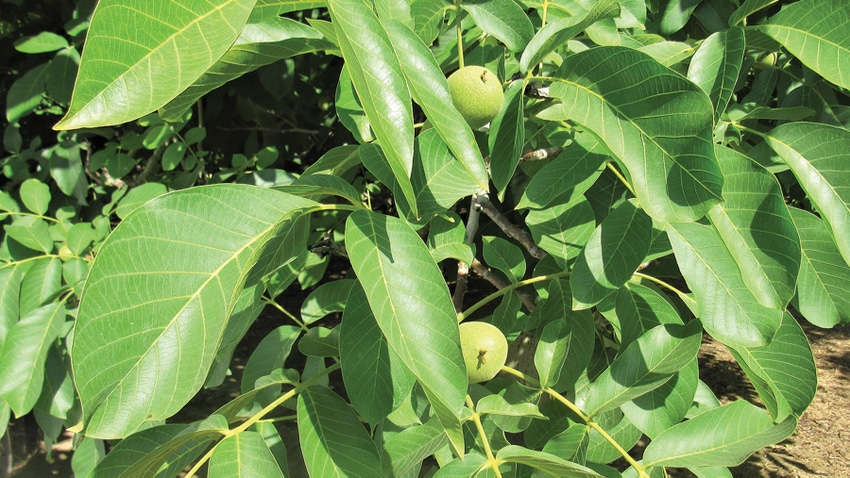
Years ago, a popular finance magazine used to promote the theory that, “This time, of all times, is the best of times — if we but know what to do with it.”
Tree nut growers, especially those of the walnut variety, might not concur.
Except the new director and CEO of the California Walnut Board and the California Walnut Commission, Robert Verloop, who represents 4,600 growers and handlers, who admits to situational adversity, but maintains that the walnut sector will navigate through the challenges.
His message to growers? “Hang on. If you’re in an area that has water, has a good production record, and you’ve got the right varieties, these are the building blocks that give reason for optimism about the future of the walnut industry, especially untapped opportunity in the produce sector.”
Hard to see that through the haze of the 2022 harvest season and a crop heavily impacted by a variety of issues in just about every growing region.
“We got reports that some walnut growers couldn’t make it to hulling and drying because a surprise heat wave had infused product to the shells, resulting in non-marketable product at the hull level. Once the nuts were cracked and you could look inside, the extensive damage was obvious.
“Final numbers are still pending but what goes to market will probably be close to 1.4, maybe 1.5 billion pounds. The crop itself, field level production, was up from last year, but with major damage. Some growers are reporting that upwards of 50% of their crop had suffered sun burn and sun wash to the point of non-marketability.”
Damage extent
Another complicating factor is the variability of the extent of damage. “We are being diligent in determining the extent of damage, although there is no rhyme or reason,” Verloop said. “The same grower may have two orchards next to each other with one suffering extended damage and the other relatively unscathed. This means handlers have to put in a tremendous amount of extra work in sorting and separating out anything that doesn’t look marketable.”
And then there’s the market itself. “Markets, both domestic and international, have been impacted by all the issues surrounding the supply chain resulting in the pipeline being plugged up. And with product not moving through the supply chain at the same cadence, the pace of buying has also slowed.”
With lots of avenues to pursue to make things better, Verloop uses some of his previous job experience in the vegetable industry to note, “Walnuts are produce too.”
His plan is to reposition walnuts as a viable promotable item in the produce category. “There a good footprint there in almonds and pistachios, but walnuts have just not had the same type of attention. There’s an opportunity to develop this market in retail produce cross-promotions with other commodities like dairy and cheese. We need to start positioning refrigerated walnuts in the cheese drawer as a companion product.
“With pricing down well below break-even, current conditions may leave growers and handlers a bit depressed at so many factors outside their control. We’re working with local/state/federal elected representatives to determine the exact extent of industry damage and seek some emergency relief programs. There’s a need for some type of government intervention and crisis assistance support.
“There’s a starkness to this industry that all of agriculture faces, that being that sometimes what happens to us is beyond our control and opportunity may await based on how we respond to these challenges.”
Read more about:
WalnutsAbout the Author(s)
You May Also Like




